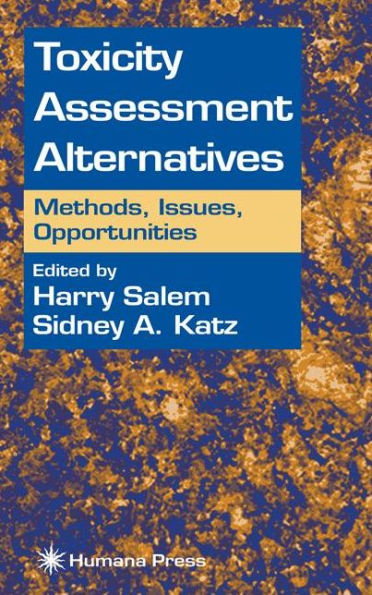5
1
9780896037878


Toxicity Assessment Alternatives: Methods, Issues, Opportunities / Edition 1 available in Hardcover

Toxicity Assessment Alternatives: Methods, Issues, Opportunities / Edition 1
- ISBN-10:
- 0896037878
- ISBN-13:
- 9780896037878
- Pub. Date:
- 07/02/1999
- Publisher:
- Springer-Verlag New York, LLC
- ISBN-10:
- 0896037878
- ISBN-13:
- 9780896037878
- Pub. Date:
- 07/02/1999
- Publisher:
- Springer-Verlag New York, LLC
169.99
In Stock

Product Details
| ISBN-13: | 9780896037878 |
|---|---|
| Publisher: | Springer-Verlag New York, LLC |
| Publication date: | 07/02/1999 |
| Edition description: | 1999 |
| Pages: | 262 |
| Product dimensions: | 5.83(w) x 8.70(h) x 0.03(d) |
About the Author
From the B&N Reads Blog
